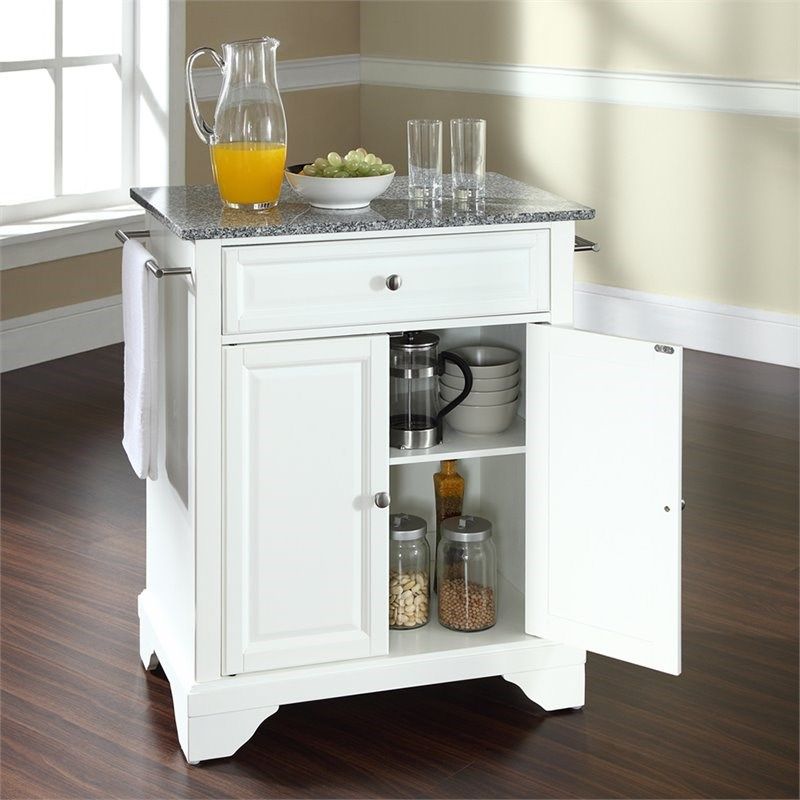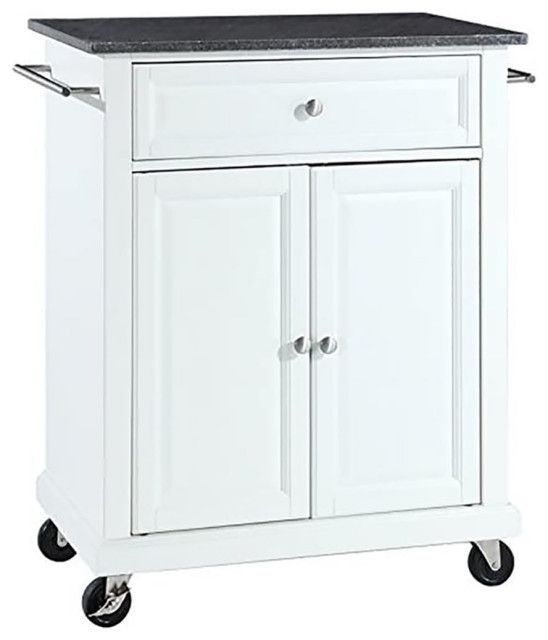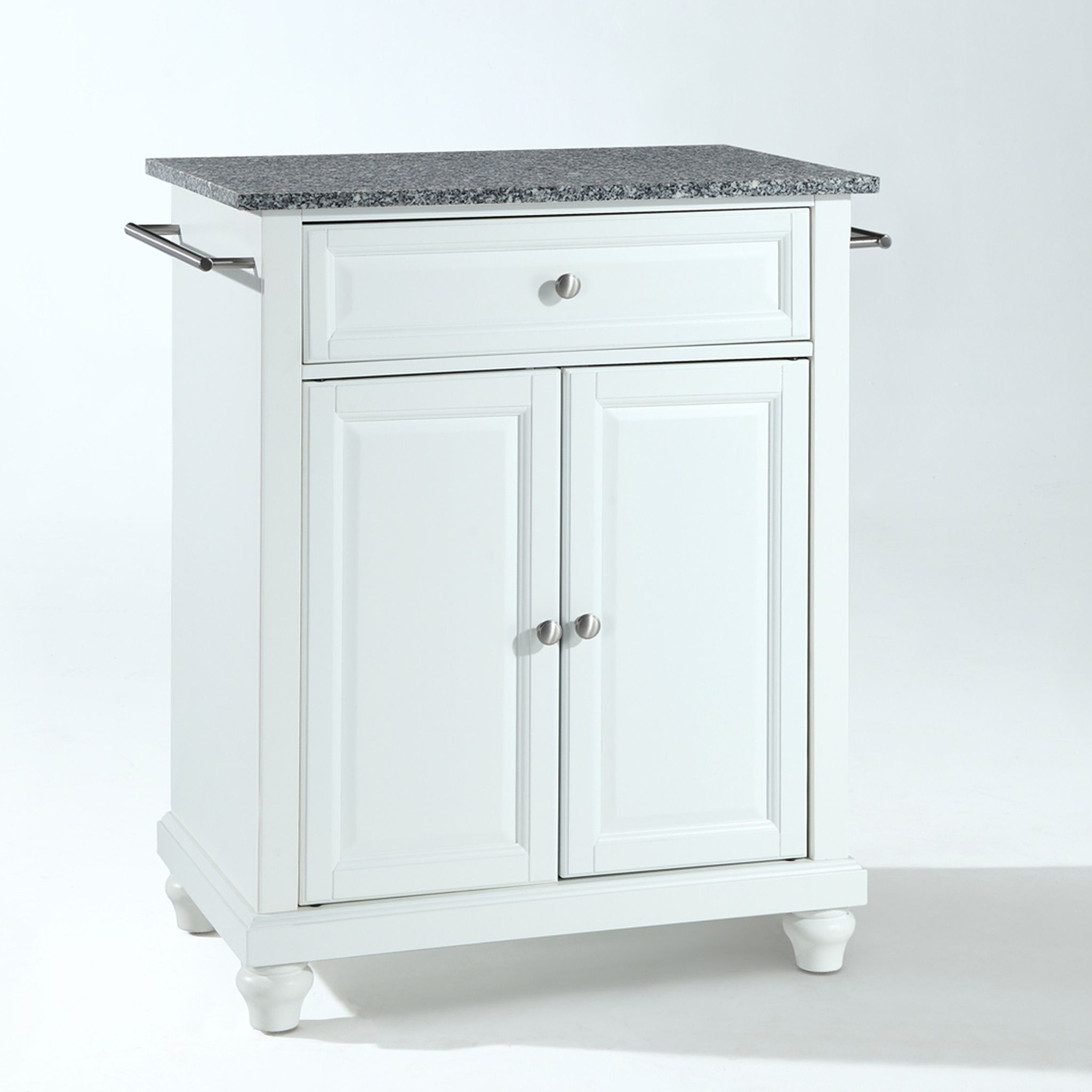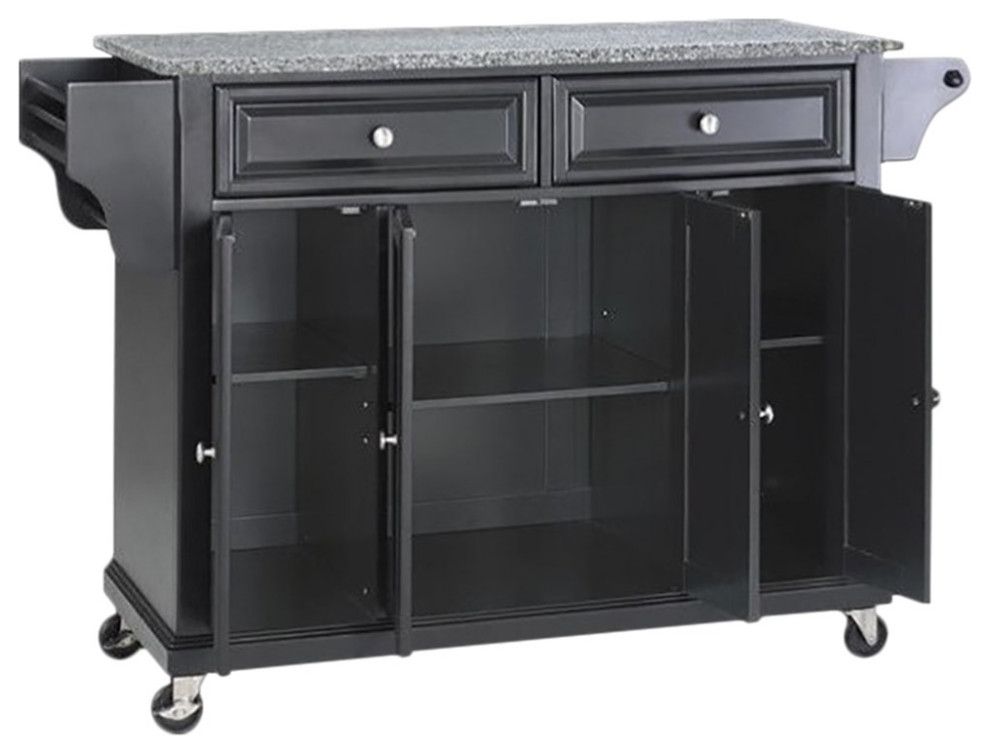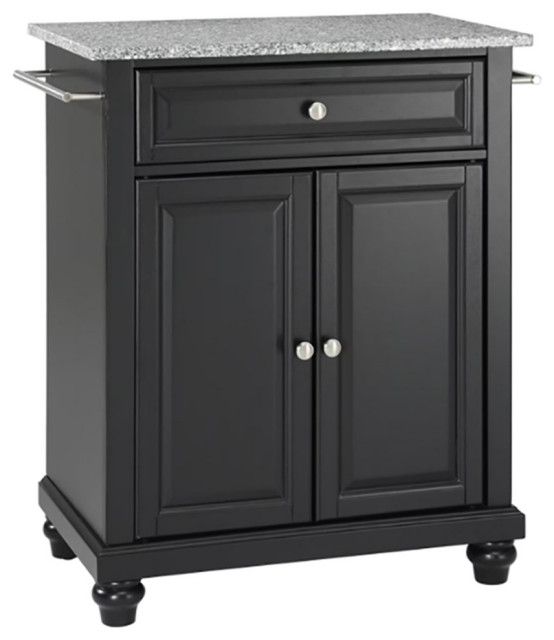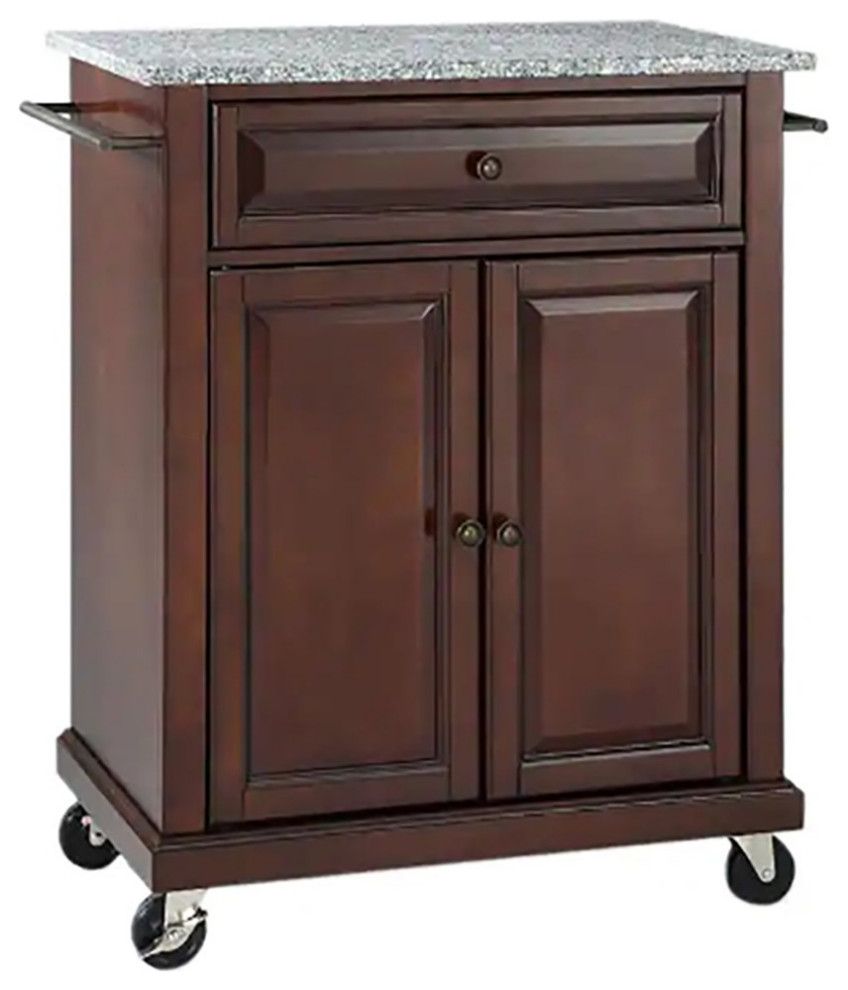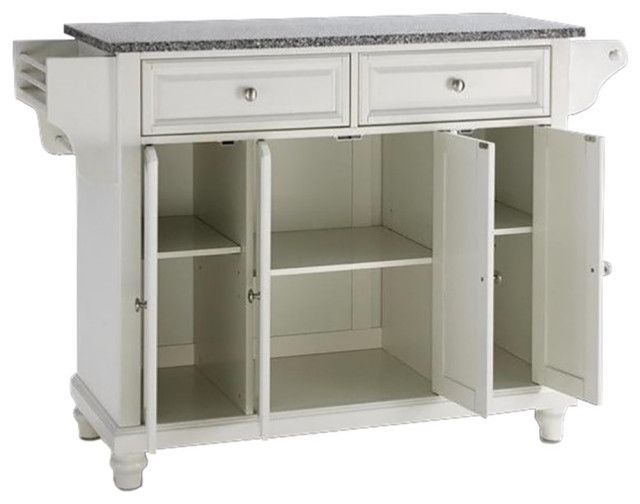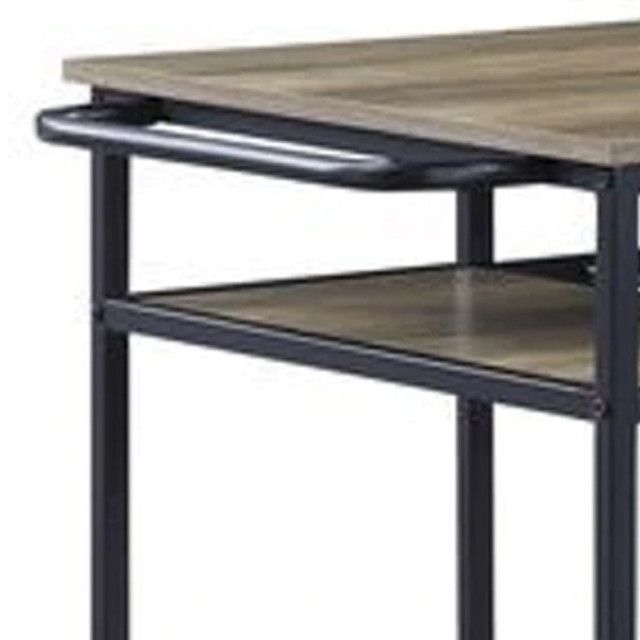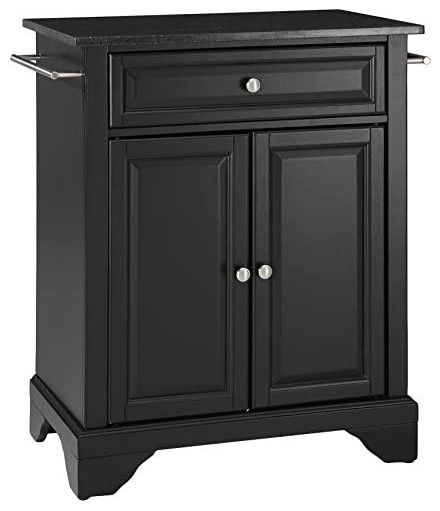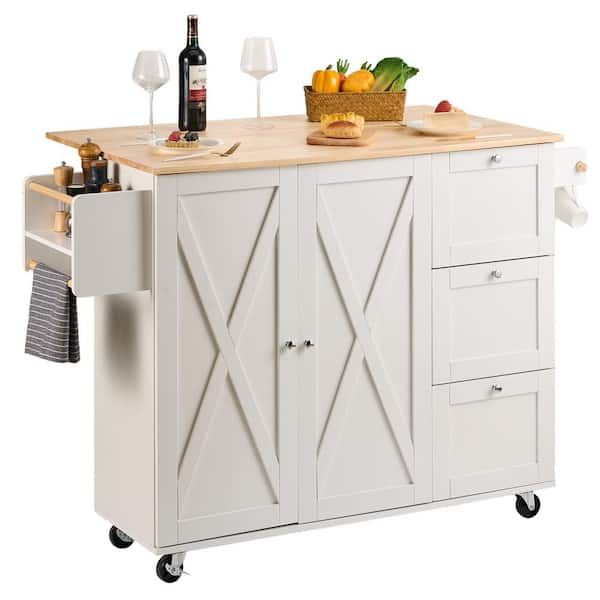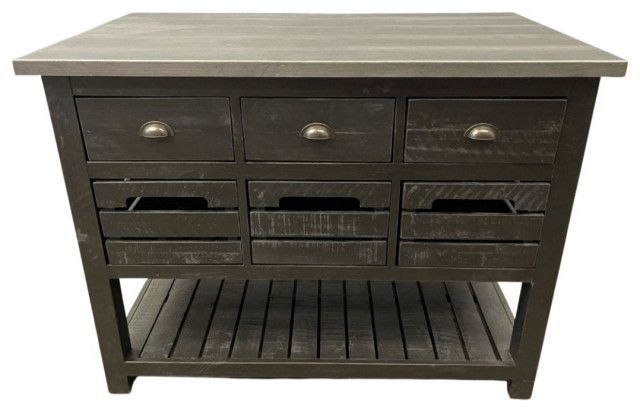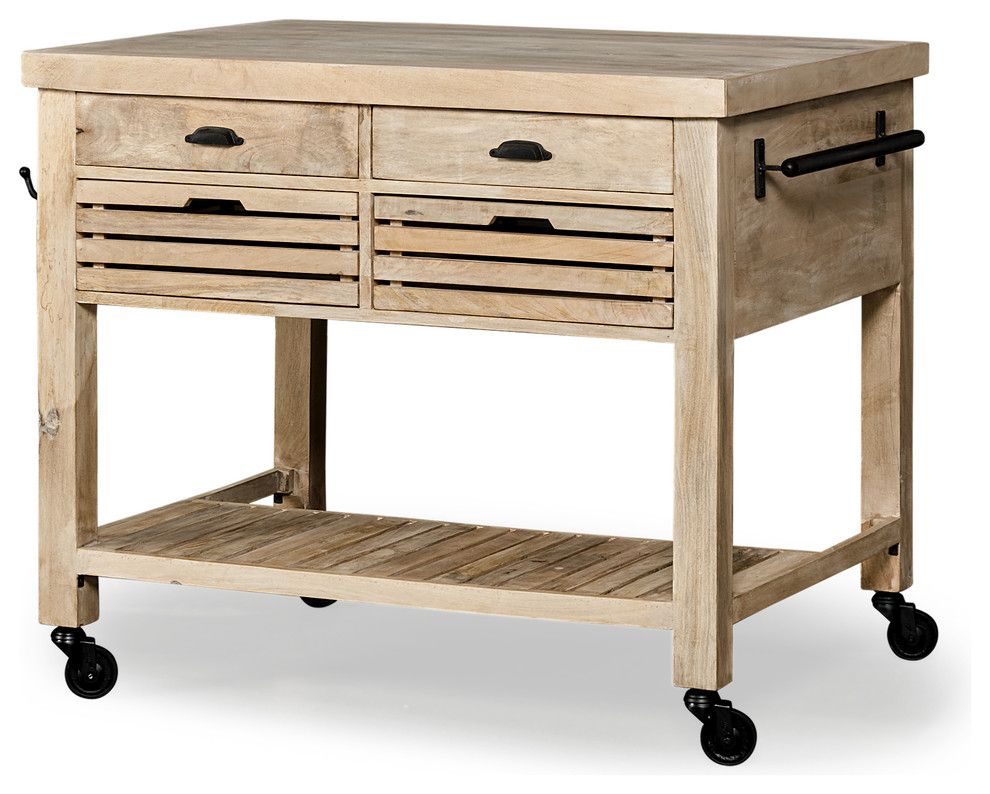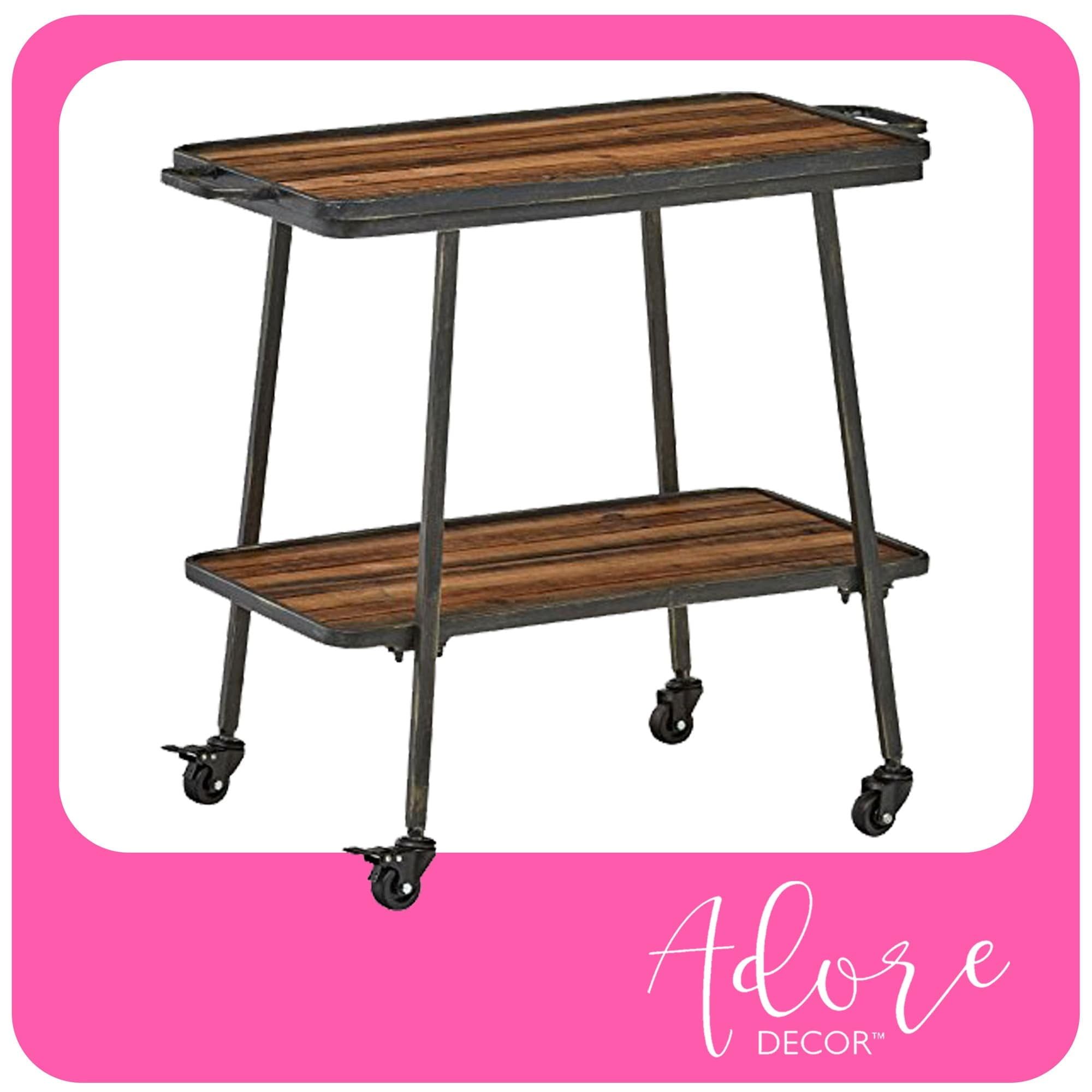White kitchen islands have become a staple in modern kitchen design, and for good reason. They offer a perfect blend of style, functionality, and versatility. They serve as a central hub for cooking, gathering, and entertaining and can instantly elevate the look and feel of your space. We’re going to dig deep into the world of white kitchen islands, exploring their various designs, how they can work for you, and how to make them the ultimate focal point of your kitchen.
Ah, the white kitchen island. It’s not just a trend; it’s a statement. A symbol of clean design, open-concept living, and a welcoming heart of the home. But how do you choose the right one? What are the factors to consider? And how can you make this stylish element truly functional for your lifestyle? Let’s find out, shall we?
We’ll cover everything from different design styles to the practical aspects of storage and seating, all while keeping things easy to grasp. Let’s get started!
Design Styles: Finding Your Perfect Match
White kitchen islands come in a wide array of styles, each with its own charm. Knowing the different styles can help you pinpoint the one that best reflects your personality and complements your overall kitchen aesthetic.
Classic/Traditional: Think ornate molding, detailed paneling, and a sense of timeless elegance. These islands often feature a furniture-like appearance, with decorative legs or corbels. The materials used are often rich and luxurious, such as solid wood or high-end painted finishes.
Modern/Contemporary: Sleek, clean lines are the name of the game here. Modern islands often have a minimalist design, with flat-panel doors and drawers, and a focus on functionality. Expect to see materials like laminate, engineered quartz, and stainless steel.
Farmhouse: This style is all about warmth and a relaxed vibe. You’ll often find shiplap detailing, butcher block countertops, and a combination of open shelving and closed storage. It’s a cozy, inviting look.
Coastal/Cottage: Light, airy, and breezy, coastal islands often use light-colored wood, beadboard detailing, and natural textures. Think of a relaxed, beachy feel.
Transitional: This style blends elements of both traditional and modern designs, creating a balanced and versatile look. You might find shaker-style cabinets with a sleek countertop, for instance. It offers a fantastic balance between the two extremes.
Example Time: Imagine a farmhouse-style island with a butcher block top, that’s great for food prep, and shiplap siding, creating a charming focal point. Or, picture a sleek, modern island with a waterfall countertop (where the countertop material extends down the sides), offering a stunning visual appeal.
Functionality First: What to Consider
A beautiful island is great, but a functional one is essential. Before you fall in love with a particular look, think about how you will actually use your white kitchen island.
Prep Space: Do you need ample counter space for chopping, mixing, and assembling meals? Consider the size of the countertop and the materials used. (Granite, quartz, and butcher block are all popular choices, and all have pros and cons).
Storage: Islands can provide a wealth of storage. Think about drawers for utensils, cabinets for pots and pans, and open shelving for cookbooks or decorative items. Having a place to keep your kitchen essentials makes cooking a breeze.
Seating: Will you be using your island for casual dining or a quick breakfast? Plan for seating, considering the number of people you want to accommodate, and the space needed for knees and legs.
Appliances: Do you want to incorporate a sink, cooktop, dishwasher, or microwave into your island? This adds another level of functionality but will require careful planning for plumbing and electrical work.
The Work Triangle: Think about the relationship between your island, your sink, your cooktop, and your refrigerator. You want to create an efficient workflow. You don’t want to be walking across the kitchen all the time for your work.
Material Matters: Choosing the Right Countertop
The countertop is a defining feature of any kitchen island. The material you select will impact the overall aesthetic, durability, and maintenance requirements.
Quartz: This is a man-made material that is exceptionally durable, non-porous (meaning it won’t stain easily), and available in a wide range of colors and patterns. It’s a very popular choice for its low-maintenance nature.
Granite: A natural stone, granite is beautiful, unique, and heat-resistant. However, it’s porous and requires sealing to prevent stains. Color variations also vary.
Butcher Block: Offers a warm, natural aesthetic. It’s relatively affordable but requires regular oiling and is more susceptible to water damage. It’s great for food prep.
Marble: A luxurious choice, marble is stunning but high-maintenance. It’s prone to staining and etching. It needs to be sealed and cared for properly.
Solid Surface: Made of acrylic or polyester resins, solid surface countertops are non-porous, durable, and come in a variety of colors. They are a good alternative to quartz or granite.
Pro Tip: Get samples of different materials and test them with common kitchen spills (red wine, coffee, etc.) before making a decision.
Styling Your White Kitchen Island: Adding Personality
Once you’ve chosen your island, it’s time to inject some personality. Your white kitchen island is a blank canvas. Here are some ideas to make it shine.
Lighting: Pendant lights above the island create a focal point and provide task lighting. Choose fixtures that complement your overall style – modern, rustic, or something in between.
Seating: Bar stools or counter stools add a touch of color and texture. Consider the height of your island and choose seating that is the appropriate height.
Decorative Items: Add a bowl of fresh fruit, a vase of flowers, or a stack of cookbooks to create visual interest. Don’t overcrowd the space; less is often more.
Hardware: The hardware on your drawers and cabinets can make a big difference. Consider adding stylish knobs or pulls to enhance the overall look.
Accent Colors: Integrate accent colors through your stools, accessories, or even a backsplash to add a pop of visual interest and tie the island in with the rest of your kitchen décor.
Example: Imagine a white island with a quartz countertop, accented by three sleek, brushed-nickel pendant lights, and a few colorful cookbooks on display. This will look amazing, and it’s easy to do.
White Kitchen Island Colors and Finishes
The color and finish of your white kitchen island are key. The right choice can brighten your kitchen, create a sense of space, and complement your other design elements.
Pure White: This is a classic choice, offering a clean and crisp look. It works well in both modern and traditional kitchens. Consider using a satin or semi-gloss finish for ease of cleaning.
Off-White/Cream: These shades add warmth and create a more inviting atmosphere. They pair well with wood tones and natural materials. These colors are very forgiving.
Gray-White: A subtle gray undertone can add depth and dimension. It can create a softer, more sophisticated look. It also pairs well with many other colors.
Consider the Finish: A matte finish offers a contemporary look, but may be harder to clean. A semi-gloss or gloss finish is more durable and easier to wipe down.
Tip: Always test paint colors in your kitchen before making a final decision. Lighting can drastically change how a color appears.
Maintaining Your White Kitchen Island
Keeping your white kitchen island looking its best requires a bit of maintenance. But trust me, it’s worth it.
Wipe Up Spills Immediately: White surfaces show spills more readily than darker colors. Clean up spills as soon as they happen to prevent stains.
Use Mild Cleaners: Avoid harsh chemicals or abrasive cleaners, which can damage the finish. A mild soap and water solution usually works best.
Protect Your Countertop: Use cutting boards, trivets, and coasters to protect your countertop from scratches, heat, and stains. The extra protection is always worth it.
Regular Cleaning: Wipe down the island regularly to remove dust, grime, and food particles. This will keep it looking fresh and clean.
Sealing (If Applicable): If you have a porous countertop material like granite or butcher block, reseal it according to the manufacturer’s instructions to maintain its protective properties.
Final Thought: A little bit of effort goes a long way in keeping your white kitchen island looking stunning for years to come.
A white kitchen island is so much more than just a pretty face. It’s a hardworking centerpiece, a gathering spot, and a reflection of your personal style. By considering design, functionality, materials, and styling details, you can create a white kitchen island that’s both beautiful and practical.
Remember to prioritize your needs, and don’t be afraid to experiment with different design elements. With a little bit of planning and effort, you can transform your kitchen into a space you’ll love for years to come. Go forth, and create your own white kitchen island wonder. It’s time to start planning yours today

